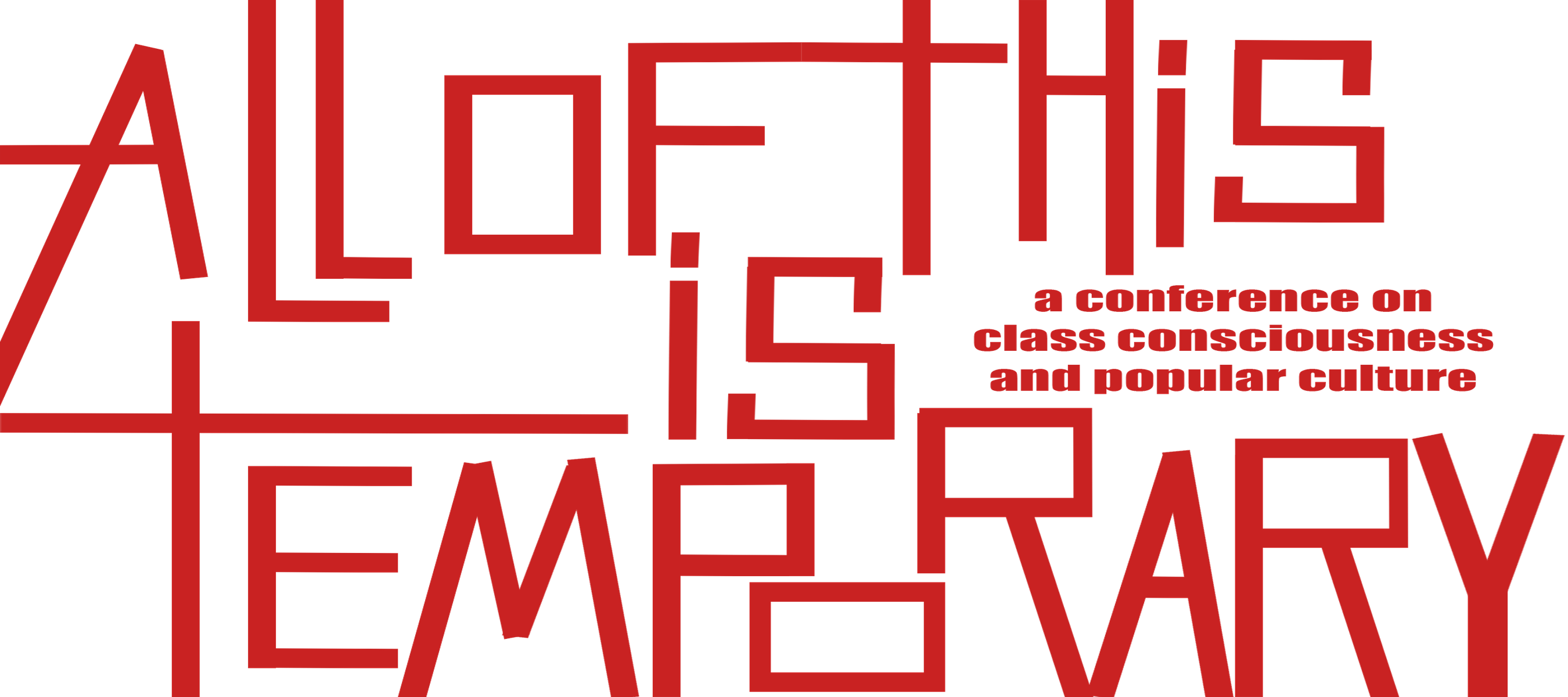Comics for the Gum-Chewers: Class Representations in Ernie Bushmiller’s Nancy
Start Date
15-4-2023 3:15 PM
End Date
15-4-2023 4:00 PM
Description
Ernie Bushmiller’s comic strip Nancy (1938-1982) follows the simple yet absurd hijinks of two children, Nancy and Sluggo. These characters are clearly from different socioeconomic backgrounds: Nancy is being raised in a middle-class household, and Sluggo is typically represented as desperately poor. His appearance echoes the “tramp” or “bum” archetype found across myriad twentieth century popular media, but to what degree does his role conform to such classist stereotypes? Sluggo’s poverty is a common catalyst for the strip’s slapstick humor, but does his characterization and/or his role as a worker implore readers to identify with him? To what degree do Sluggo and Nancy share working-class concerns, despite their differing backgrounds? As a duo, Nancy and Sluggo reflect the cultural and economic statuses of most comic strip readers in midcentury America, and Bushmiller represents Sluggo (and, perhaps, his working-class readers) with greater nuance than meets the eye.
Comics for the Gum-Chewers: Class Representations in Ernie Bushmiller’s Nancy
Ernie Bushmiller’s comic strip Nancy (1938-1982) follows the simple yet absurd hijinks of two children, Nancy and Sluggo. These characters are clearly from different socioeconomic backgrounds: Nancy is being raised in a middle-class household, and Sluggo is typically represented as desperately poor. His appearance echoes the “tramp” or “bum” archetype found across myriad twentieth century popular media, but to what degree does his role conform to such classist stereotypes? Sluggo’s poverty is a common catalyst for the strip’s slapstick humor, but does his characterization and/or his role as a worker implore readers to identify with him? To what degree do Sluggo and Nancy share working-class concerns, despite their differing backgrounds? As a duo, Nancy and Sluggo reflect the cultural and economic statuses of most comic strip readers in midcentury America, and Bushmiller represents Sluggo (and, perhaps, his working-class readers) with greater nuance than meets the eye.


